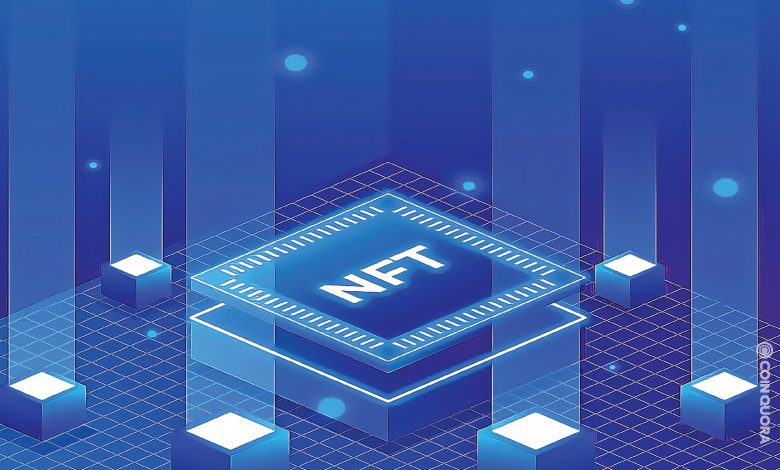- Rarify, a NFT infrastructure startup, has raised $10 million in Series A funding from Pantera Capital.
- The funds will be used to bring in more employees as well as fund product launches with enterprise partners.
- The company’s co-founder stated in an interview that Rarify aims to simplify the buying and selling process of NFTs in the market.
Non-fungible token infrastructure startup Rarify has raised $10 million in Series A funding from Pantera Capital at a valuation of $100 million.
According to a recent press release, the cash injection from Pantera Capital will mainly be used to fund Rarify’s hiring efforts as well as be used for product launches with enterprise partners.
The latest funding round adds to the $2 million raised during a seed round that took place towards the end of last year, which included investments from Pareto, Eniac Ventures and Protocol Labs, to name a few.
The company’s co-founder, Revas Tsivtsivadze, said in an interview with Forbes yesterday that Rarify aims to simplify the buying and selling process around NFTs, similar to “how Square made it super easy to accept payments.”
Tsivtsivadze also highlighted the current over-complicated process of buying NFTs on popular marketplaces such as OpenSea, and said that what is currently a 14-step process can be brought down to 3 simple steps.
Rarify currently provides NFT embedding services that enables any website owner, whether it is a blog or an online store, to integrate simplistic NFT buying and selling features to their site.
The company also offers a NFT commerce-focused API that enables external enterprises to launch, as well as integrate, user-friendly marketplaces into their platforms. The API will also allow the minting and porting of NFTs between multiple blockchain networks.
Pantera Capital has taken a leap of faith by investing in a new NFT company as the number of unique NFT buyers on the secondary market has fallen by 12% last month, and Google search engine volume for NFTs has fallen 60-70% since the end of January. However, the market speculates that this trend is temporary, and is a result of the current Russia and Ukraine crisis.


